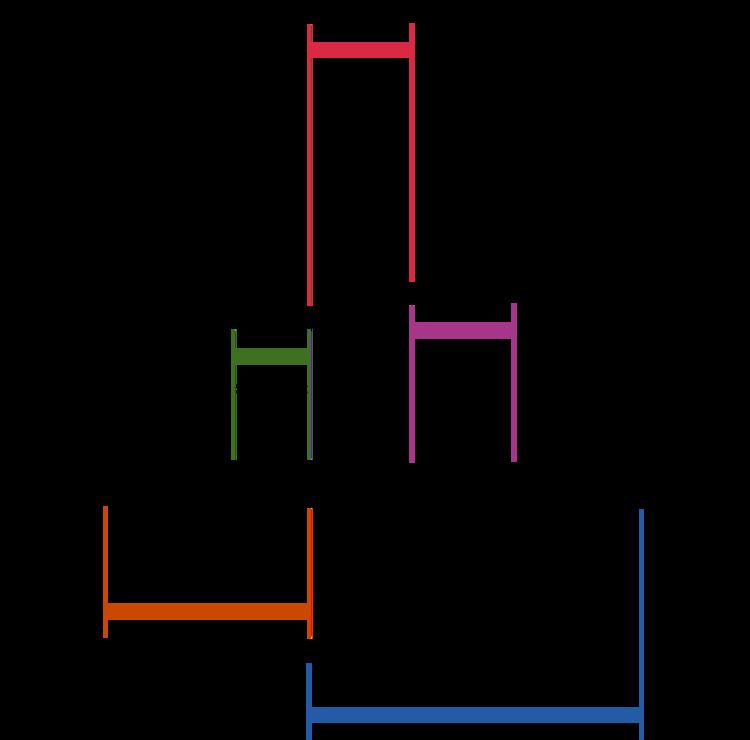 | ||
In electrocardiography, the T wave represents the repolarization (or recovery) of the ventricles. The interval from the beginning of the QRS complex to the apex of the T wave is referred to as the absolute refractory period. The last half of the T wave is referred to as the relative refractory period (or vulnerable period). The T wave contains more information than the QT interval. The T wave can be described by its symmetry, skewness, slope of ascending and descending limbs, amplitude and subintervals like the Tpeak–Tend interval.
Contents
- Clinical significance
- Frequency of inverted T waves in precordial leads lead V1 to V6 according to gender and age
- References
In most leads, the T wave is positive. This is due to the repolarization of the membrane. During ventricle contraction (QRS complex), the heart depolarizes. Repolarization of the ventricle happens in the opposite direction of depolarization and is negative current. This double negative (direction and charge) is why the T wave is positive; although the cell becomes more negatively charged, the net effect is in the positive direction, and the ECG reports this as a positive spike. However, a negative T wave is normal in lead aVR. Lead V1 may have a positive, negative, or biphasic (positive followed by negative, or vice versa) T wave. In addition, it is not uncommon to have an isolated negative T wave in lead III, aVL, or aVF.
Clinical significance
Frequency of inverted T-waves in precordial leads (lead V1 to V6) according to gender and age
Numbers from Lepeschkin E in
